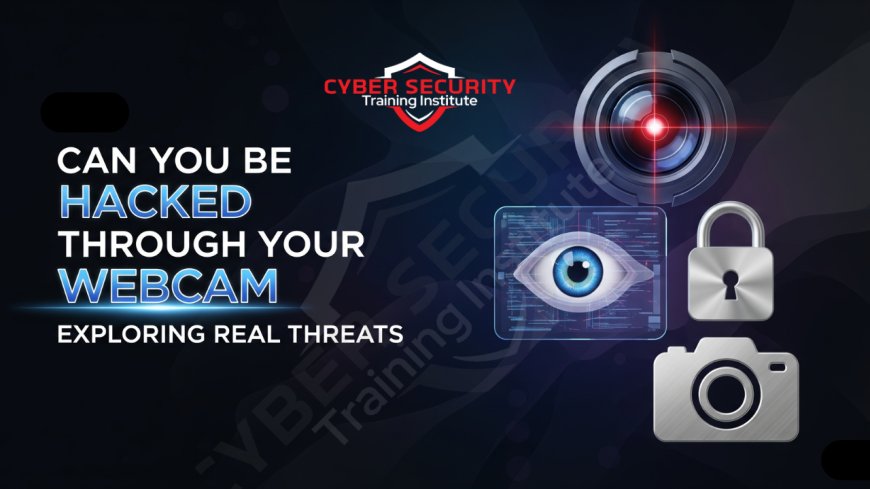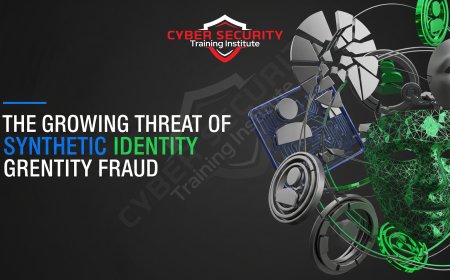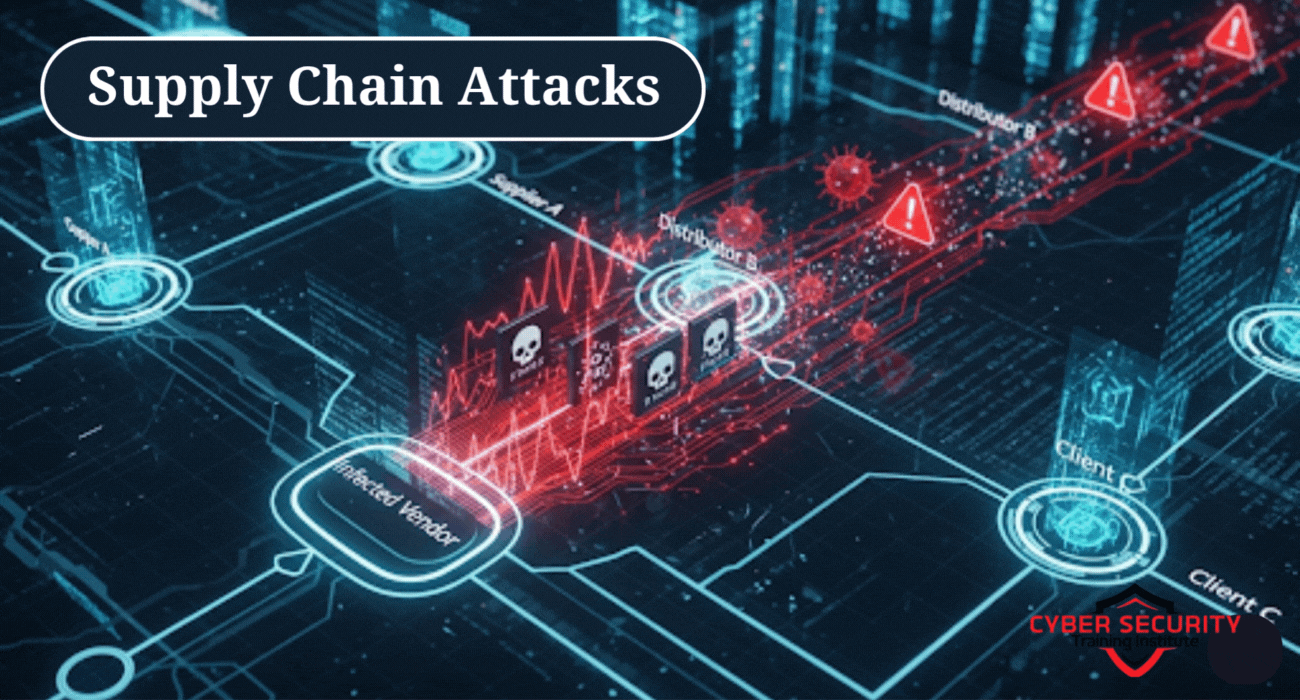Can You Be Hacked Through Your Webcam? Exploring Real Threats
Imagine this: you're sitting in your living room, unaware that someone, somewhere, is watching you through your laptop's webcam. It sounds like the plot of a thriller movie, but webcam hacking is a real concern in today’s digital world. With the rise of remote work, online classes, and video calls, webcams have become a staple in our daily lives. But can hackers really access your webcam and invade your privacy? In this blog post, we’ll dive into the real threats of webcam hacking, how it happens, and what you can do to protect yourself. Whether you’re a tech newbie or a seasoned user, this guide will break it all down in a simple, understandable way.

Table of Contents
- What Is Webcam Hacking?
- How Hackers Gain Access to Your Webcam
- Real-World Examples of Webcam Hacks
- Threat Levels: How Serious Is the Risk?
- How to Protect Your Webcam from Hackers
- Tools and Software to Secure Your Webcam
- Conclusion
- Frequently Asked Questions
What Is Webcam Hacking?
Webcam hacking is when an unauthorized person gains access to your webcam to spy on you, record videos, or take pictures without your knowledge. This can happen on laptops, desktops, or even smartphones with built-in cameras. Hackers exploit vulnerabilities in your device or network to remotely control your webcam, often without any visible signs like the camera’s indicator light turning on.
The idea of someone watching you through your webcam is unsettling, and it’s not just about privacy invasion. Hackers might use the footage to blackmail you, steal sensitive information, or even sell the data on the dark web. While it may sound like something that only happens to high-profile individuals, everyday users are also at risk.
How Hackers Gain Access to Your Webcam
Hackers use a variety of methods to access your webcam. Understanding these techniques can help you stay one step ahead. Here are the most common ways they do it:
- Malware: Malicious software, like viruses or trojans, can infect your device through phishing emails, fake downloads, or compromised websites. Once installed, malware can give hackers remote access to your webcam.
- Remote Access Tools (RATs): RATs are programs that allow hackers to control your device remotely. They can turn on your webcam, record audio, and even access your files without your knowledge.
- Unsecured Networks: Using public Wi-Fi without proper protection can expose your device to hackers who can intercept your data and access your webcam.
- Outdated Software: If your operating system, browser, or webcam drivers are not updated, hackers can exploit known vulnerabilities to gain access.
- Social Engineering: Hackers might trick you into granting webcam access by posing as a trusted app or service, like a fake video call platform.
Each of these methods relies on exploiting either a technical weakness or human error, which is why staying informed is so important.
Real-World Examples of Webcam Hacks
Webcam hacking isn’t just a theoretical threat—it has happened to real people. Here are a few notable cases that highlight the dangers:
- The Miss Teen USA Case (2013): A hacker used a RAT to access Cassidy Wolf’s webcam and took compromising photos. The hacker then attempted to blackmail her. This case brought webcam hacking into the public eye and showed how even young users are targets.
- School-Issued Laptops (2010): A school district in Pennsylvania was sued after it was discovered that their laptops were secretly taking photos of students via webcams, raising serious privacy concerns.
- Ransomware Scams: In recent years, hackers have sent emails claiming to have webcam footage of victims, demanding payment in cryptocurrency to not release the videos. While some of these are scams with no actual footage, they show how hackers exploit fear.
These incidents remind us that webcam hacking can affect anyone, from students to professionals, and the consequences can range from embarrassment to financial loss.
Threat Levels: How Serious Is the Risk?
Not everyone is equally at risk of webcam hacking, but certain factors can make you a more likely target. The table below outlines different threat levels based on user behavior and device usage:
| User Type | Risk Level | Why? |
|---|---|---|
| Casual User (e.g., browsing, social media) | Low to Medium | Less likely to be targeted unless they download suspicious files or use unsecured networks. |
| Remote Worker or Student | Medium | Frequent use of video calls and shared networks increases exposure to vulnerabilities. |
| High-Profile Individual (e.g., CEO, celebrity) | High | Targeted by hackers for blackmail or sensitive information. |
| Users with Outdated Devices | High | Old software lacks security patches, making it easier for hackers to exploit. |
While the risk varies, no one is completely immune. Taking preventive measures is key to minimizing your exposure.
How to Protect Your Webcam from Hackers
Protecting your webcam doesn’t require advanced tech skills. Here are practical steps you can take to stay safe:
- Cover Your Webcam: Use a physical cover, like a piece of tape or a dedicated webcam cover, to block the lens when not in use. This is a simple, foolproof way to prevent spying.
- Update Your Software: Regularly update your operating system, browser, and webcam drivers to patch security vulnerabilities.
- Use Antivirus Software: Install reputable antivirus software to detect and remove malware that could give hackers access to your webcam.
- Disable Webcam When Not in Use: On your device, you can disable the webcam through settings or device manager to ensure it can’t be accessed remotely.
- Avoid Suspicious Links and Downloads: Be cautious about clicking links or downloading files from unknown sources, as they may contain malware.
- Use a VPN on Public Wi-Fi: A Virtual Private Network (VPN) encrypts your internet connection, making it harder for hackers to intercept your data.
- Check App Permissions: Review which apps have access to your webcam and revoke permissions for any that don’t need it.
By following these steps, you can significantly reduce the chances of your webcam being hacked.
Tools and Software to Secure Your Webcam
In addition to the tips above, certain tools and software can enhance your webcam security. Here are some options:
- Antivirus Programs: Tools like Norton, McAfee, or Malwarebytes can scan for and remove malware that targets webcams.
- Firewall Software: A firewall monitors incoming and outgoing network traffic, blocking unauthorized access to your device.
- Webcam Monitoring Tools: Software like Oversight (for macOS) or Webcam On-Off (for Windows) alerts you when your webcam is accessed.
- VPN Services: Providers like NordVPN or ExpressVPN encrypt your internet connection, protecting you on public networks.
- Webcam Covers: Affordable physical covers are available online and can be easily attached to your device.
Using a combination of these tools can create a robust defense against webcam hacking attempts.
Conclusion
Webcam hacking is a real and unsettling threat, but it’s not something you should lose sleep over. By understanding how hackers gain access to webcams and taking simple preventive measures, you can protect your privacy and stay safe online. From covering your webcam to keeping your software updated and using antivirus programs, there are plenty of ways to reduce your risk. The key is to stay vigilant and proactive. In a world where technology is deeply integrated into our lives, a little caution goes a long way. Stay informed, take action, and keep your webcam secure!
Frequently Asked Questions
Can hackers turn on my webcam without the light showing?
Yes, some malware can bypass the indicator light, allowing hackers to access your webcam without any visible signs.
How common is webcam hacking?
It’s relatively rare for casual users but more common for high-profile individuals or those with poor cybersecurity habits.
Can covering my webcam really prevent hacking?
Yes, a physical cover blocks the lens, making it impossible for hackers to capture video, even if they gain access.
Can antivirus software detect webcam hacking?
Reputable antivirus software can detect and remove malware that might be used to access your webcam.
Is it safe to use public Wi-Fi for video calls?
It can be risky unless you use a VPN to encrypt your connection and protect your data.
Can my smartphone camera be hacked too?
Yes, smartphone cameras are vulnerable to similar hacking methods, like malware or unsecured apps.
What is a RAT, and how does it work?
A Remote Access Tool (RAT) is software that allows hackers to control your device remotely, including your webcam.
Can I disable my webcam permanently?
Yes, you can disable it through your device’s settings or physically remove the webcam on some devices.
Do all webcams have indicator lights?
Most built-in webcams have indicator lights, but some external or older models may not.
Can hackers access my webcam if it’s turned off?
If your webcam is disabled in your device settings, it’s much harder for hackers to access it.
What should I do if I think my webcam has been hacked?
Disconnect from the internet, run an antivirus scan, update your software, and cover your webcam immediately.
Are video call apps like Zoom safe for my webcam?
Reputable apps like Zoom are generally safe, but always ensure they’re updated and you’re using strong passwords.
Can hackers record audio through my webcam?
Yes, if they gain access to your webcam, they can often access the microphone as well.
How do I know if an app is using my webcam?
Check your device’s camera permissions or use webcam monitoring software to get alerts.
Is it safe to buy a cheap webcam?
Cheap webcams can be safe, but ensure they’re from reputable brands and keep their firmware updated.
Can hackers access my webcam through a browser?
Yes, if you grant webcam access to a malicious website or if your browser has unpatched vulnerabilities.
Does a VPN protect my webcam?
A VPN encrypts your internet connection, reducing the risk of hacking over unsecured networks.
Can I tell if my webcam is being accessed remotely?
You may not notice, but webcam monitoring tools or antivirus software can alert you to suspicious activity.
Are external webcams safer than built-in ones?
External webcams can be unplugged when not in use, which adds an extra layer of security.
How often should I update my webcam drivers?
Check for updates every few months or enable automatic updates to ensure your webcam is secure.
What's Your Reaction?
 Like
0
Like
0
 Dislike
0
Dislike
0
 Love
0
Love
0
 Funny
0
Funny
0
 Angry
0
Angry
0
 Sad
0
Sad
0
 Wow
0
Wow
0















